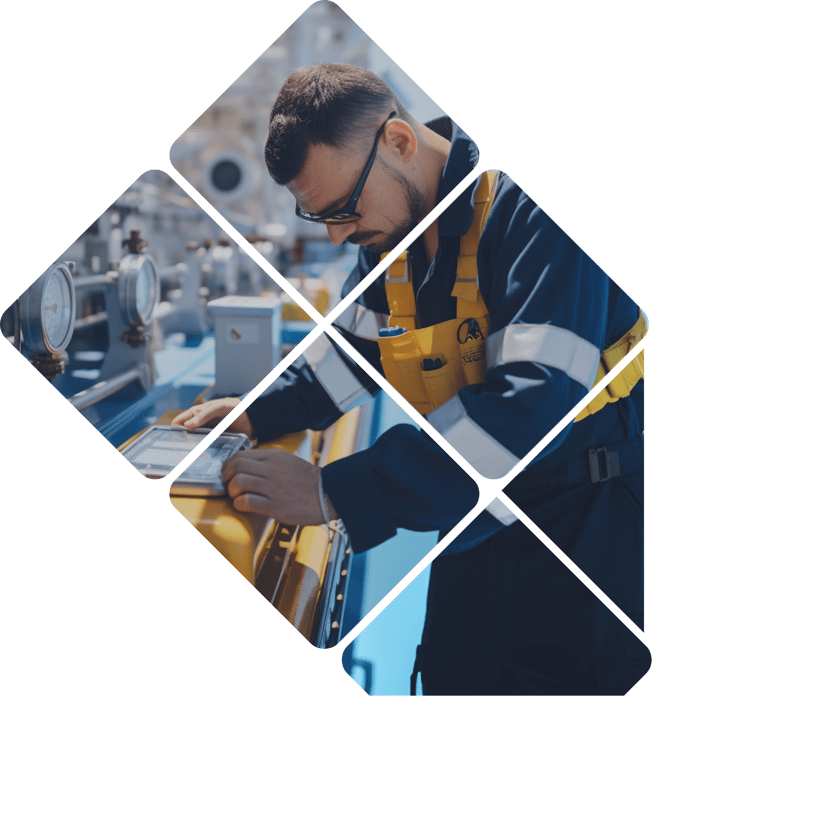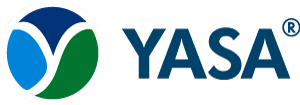Launching a one-stop portal for crew training
The new myBruusgaard portal combines training, testing, and certification into one...

Avoiding toxic gases on board is crucial for crew safety. Thankfully, it’s less complicated than you might think.
There can be hundreds of toxic gases on board a ship. Stemming from either your cargo or the vessel’s internal chemical compounds, you might encounter them in a wide range of scenarios. They can’t be eliminated from the ship altogether, but you can put in place simple measures to neutralise the threat.
When we deal with toxic gases, we’re concerned with three factors:
Some gases are considered toxic when the TWA level (Time-Weighted Average) exceeds a certain limit. The TWA applies to an eight hour period. Other gases are considered toxic for shorter exposure times.
Short-Term Exposure Limit (STEL) is used for 15-minute exposures. TWA and STEL limits are unique for each chemical compound and are set by occupational health authorities or safety organizations. Many compounds have both a TWA and a STEL limit. Irrespective of local guidelines, it’s critical that you deal with toxic gases in a safe manner.
With good routines, you and your crew can avoid toxic gas exposure. Here are the key steps:
Consult the Material Safety Data Sheet (MSDS) of the cargo or substance. It will give you an overview of the cargo components and their respective exposure limits.
It’s also important to map out non-cargo substances on board, such as cleaning agents and lubrication oils. Understanding the onboard hazards is crucial for your own and others’ safety.
Whenever we engage with a new customer, we start with the same question: What kinds of cargo will your vessel carry?
As soon as that’s been established, we identify a gas detection setup that will cover all scenarios. If you’re unsure what kinds of cargo you should set up for, look at what your vessel has been carrying the last year. It’s usually a good indicator of what you can expect in the future.
Getting reliable readings isn’t just a case of detecting a given gas. Some sensors are designed for instant readings—is it safe to stay here right now?—while others are aimed at long-term, averaged measurements.
For instance, the concentration of a gas might be well within a given limit—for short time periods. If you use a Gastec tube to evaluate an area, it can indicate that the level of gas is safe at the moment, but it won’t tell you whether you’re safe to occupy that space for hours.
Repeated sampling with averaging of the values (TWA), would be the right approach. Below is a table that lists the three most common detection methods, and when to use them.
|
Indication method |
Used for |
Regime |
Qualitative |
Quantitative (concentration) |
|
|
Gastec Tubes |
Colorimetric |
Toxic gases |
STEL |
Single, |
✔️ |
|
Electrochemical Sensors (EC) |
Electrochemical |
H2S, CO (and some others) in the PPM range |
STEL or TWA (continuous) |
Single, |
✔️ |
|
Photoionization Detector (PID) |
Photo Ionization |
Toxic gases (VOCs) in the PPM range, in air and in inert gases. |
STEL or TWA (continuous) |
Multiple, nonspecific |
✔️ |
For vessels carrying noxious liquids, your best bet is to use PIDs and Gastec tubes in combination with one another. It gives you the best of two worlds: Identification of the compound (qualitative) and measurement over time (quantitative).

Permitted gas concentration levels vary with the territory. Thus, you need to adjust your gas detection alarm settings according to where you operate at any given time. If more than one regulation applies, make sure to comply with the strictest one.
The most important part of your gas detection regime is knowing what to do before you enter an area, and what to do if the alarm sounds. Your crew needs to train for preparation and evacuation at regular intervals, for fast response under pressure.
Most vessels will have their own routines, but some guidelines apply to everyone:
We hope you found this guide helpful. Feel free to contact us if you have any questions regarding gas safety on board your vessels.

Post by Martin Bruusgaard
Similar subjects
Onboard Detection Gas Detection The Bruusgaard System Gas Safety
Never miss out on industry news, reviews and articles.
The new myBruusgaard portal combines training, testing, and certification into one...
Compliant CO₂ testing starts with proper equipment and operational routines.
The most important shift is clear: atmospheric testing must go beyond oxygen.
Optimal safety. Minimal effort.

Providing solutions for




